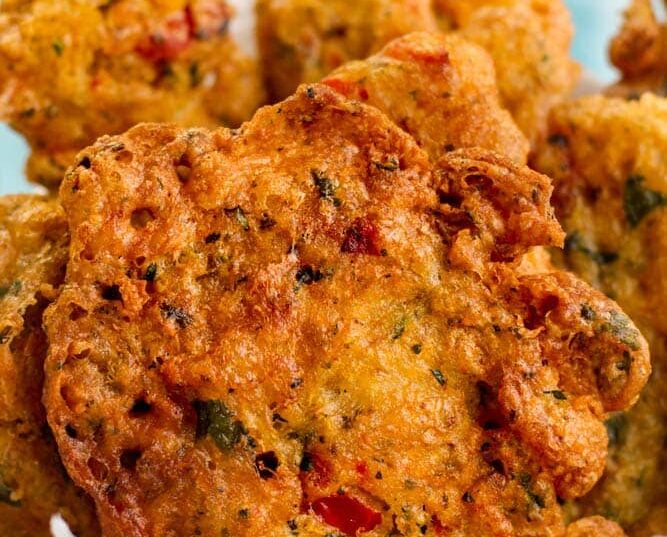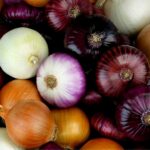|
Getting your Trinity Audio player ready...
|
Asopao is a classic Puerto Rican dish that is best described as a cross between a soup and a stew. It always contains rice and can be prepared with beef, pork, oxtail, seafood, pigeon peas or chicken. As a hot dish, asopao is a comforting meal that is often prepared during the winter months or on rainy days.
The most popular version is chicken asopao, recognized as the 'Puerto Rican national soup'. In this version, the chicken is seasoned with various spices and cooked with sofrito, ham, bay leaves, oregano, peppers, onions, tomatoes, olives, capers and sausages. Some versions are seasoned with wine. All are served with island mojito, tostones, avocado or thick slices of bread to soak up all the tasty broth-saturated rice.
History
A national dish represents the cultural identity, culinary ecology, and complex history of a country. At the same time it remains a beloved staple in the home and appreciated in a restaurant. In the case of asopao, it has its roots in the turbulent history of the colonization of Puerto Rico. Although it didn't appear on restaurant menus until the 19th century, the recipe dates back to Spanish colonization and the African slave trade.
Local food historians claim that asopao is a cross between saffron rice and gumbo, using the Caribbean's bounty of foods for its distinctive flavors and ingredients. There are historical records that date gumbo to 1764. It is said that Africans in New Orleans mixed okra (okra) cooked with rice to prepare your meal. In Puerto Rico, there was a time when asopado played a key role in social and community life. Asopao was served at receptions, farewells, family celebrations or to mark initiation rites.
Ingredients
The chicken version usually includes banana meatballs. It is a common festive dish at Christmas, New Year and during the celebrations of Octavitas and the Three Wise Men. Chicken asopao can also include beer, smoked ham, hock, corn on the cob, annatto, and coriander seeds.
Seafood asopao is second in popularity after chicken asopao. Includes clams, shrimp, squid, octopus, fish, lobster, crab, scallops and mussels.
Pigeon pea asopao replaces rice with pigeon peas. The meat is usually a mixture of sausage, oxtail and smoked meats. When it is ready, roast pork is placed on top of the soup. Pumpkin and banana dumplings are often included.
Not only are there numerous types of asopao depending on the regional availability of ingredients, but each household reveres its own intergenerational recipe. The versatility, adaptability, and common appeal of asopao make it a beloved dish throughout Puerto Rico.
Every home cook and restaurant chef has the freedom to customize and season their dish as they see fit, without any specific recipe taking precedence. Some asopao dishes are soupier, while others have a more risotto-like consistency. However, custom dictates that for every measure of rice there must be four measures of liquid.
Four Peculiarities of Asopao
- Asopao is praised as a classic panacea, similar to chicken soup, that warms up a pesky cold or absorbs the previous night's hangover. Here is a video with the chicken asopao recipe.
- The asopao may have originated in poverty and need. This soup allowed people with little food to bring a relatively substantial dish to the table. [Ortíz Cuadra, Cruz M. (2006). Puerto Rico in the Pot, Are We Still What We Ate?]
- The asopao is mentioned in the novel Caribbean Conspiracy, written by Brenda Conrad. The story takes place in Puerto Rico, was published in 1942 and printed as a weekly series in dozens of American newspapers in 1943.
- Chicken asopao, called the 'national soup' of Puerto Rico, is a common way to refer to the popularity and traditional meaning of the dish within Puerto Rican culture. However, there is no documented law or official act that designates it as the “national soup” for a specific date. It is always prepared with a meaningful and ritualistic approach that resonates with many on the island, symbolizing a connection to Puerto Rican heritage and culinary ingenuity.
Foto: allrecipes










